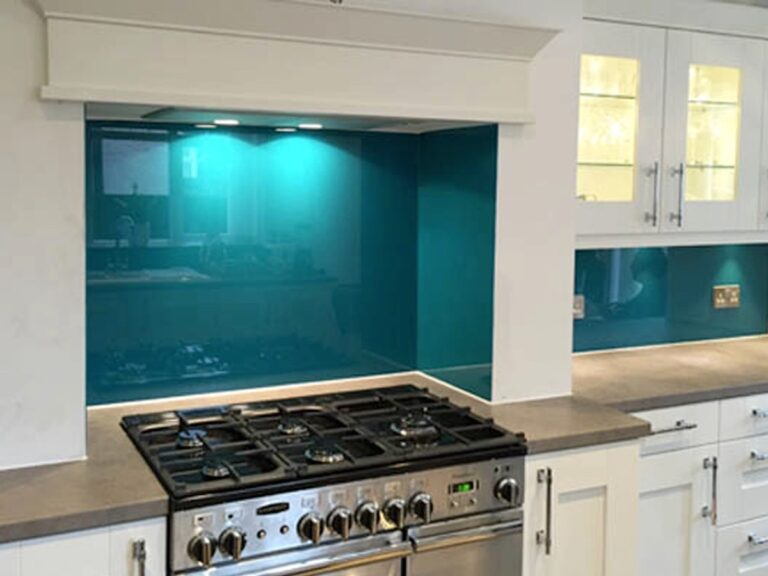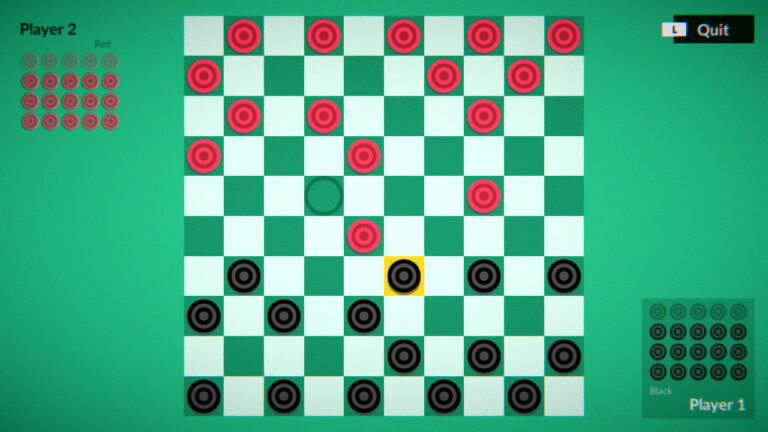When renovating a kitchen, choosing between glass splashbacks and tiles can be a dilemma. Both options have their appeal, but for many, the decision boils down to cost.
Understanding how these choices fit into a budget-friendly kitchen design is crucial. This blog post dives into the costs, durability, installation, and overall value of glass splashbacks versus tiles. We’ll explore each aspect to help you make an informed decision that aligns with your budget and style preferences.
Cost Comparison
Glass splashbacks and tiles vary significantly in cost, impacted by factors such as material, quality, and design complexity. Tiles are generally less expensive upfront, offering a broad spectrum of choices at various price points, from basic ceramic to luxury artisanal designs.
Glass splashbacks, though more costly initially, provide a sleek, uninterrupted modern appearance. Tile prices can vary from $30 to $60 per square meter, depending on the type and quality, while glass splashbacks, and you can check this if you need them, may start at around $200 per square meter.
Nevertheless, this cost disparity is subject to fluctuation based on factors like size, level of customization, and regional market variations, making a straightforward cost comparison complex. The choice between these two materials often depends on individual budget constraints and the desired aesthetic effect in the kitchen space.
Durability and Maintenance
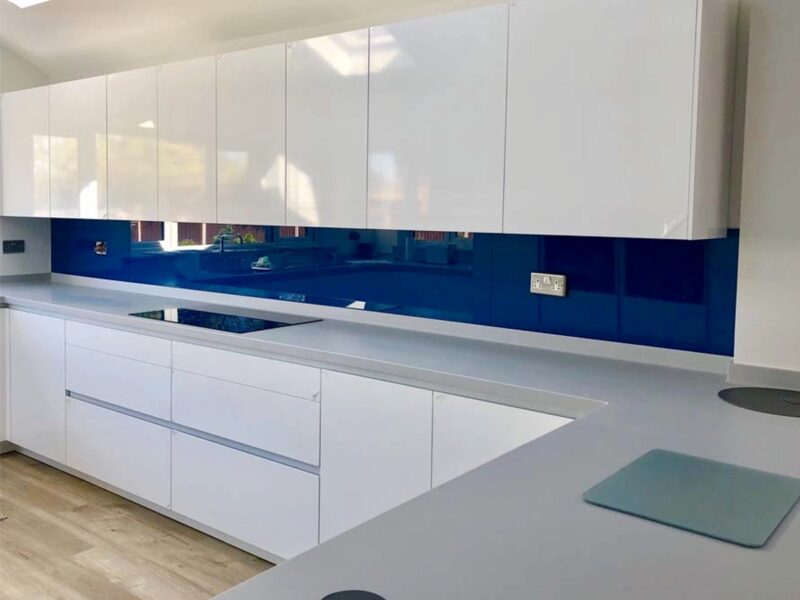
Durability plays a crucial role in the long-term value and cost-effectiveness of kitchen renovations. Glass splashbacks are renowned for their remarkable durability, effectively resisting heat and moisture, and they remain vibrant and stain-free even in the busiest of kitchens. This makes them a particularly suitable choice for areas exposed to intense cooking activities.
In contrast, tiles, while durable, can encounter issues such as grout discoloration or chipping as time passes, which might necessitate repairs or replacement. When it comes to maintenance, glass surfaces are notably easier to clean, requiring just a simple wipe with a damp cloth or a non-abrasive cleaner to maintain their pristine appearance.
Installation Costs
Installation costs significantly impact the overall budget. Glass splashbacks require professional installation due to their size and the need for precise measurements, making them less suitable for DIY. Tile installation, while also benefitting from professional handling, can be more DIY-friendly for those with some home improvement experience.
The installation cost for tiles ranges from $30 to $50 per square meter, excluding the cost of materials. Glass installation can be more, adding to its initial expense. For DIY enthusiasts, tiling offers a chance to save on labor costs, but it’s important to consider the skill level required.
Design and Aesthetic
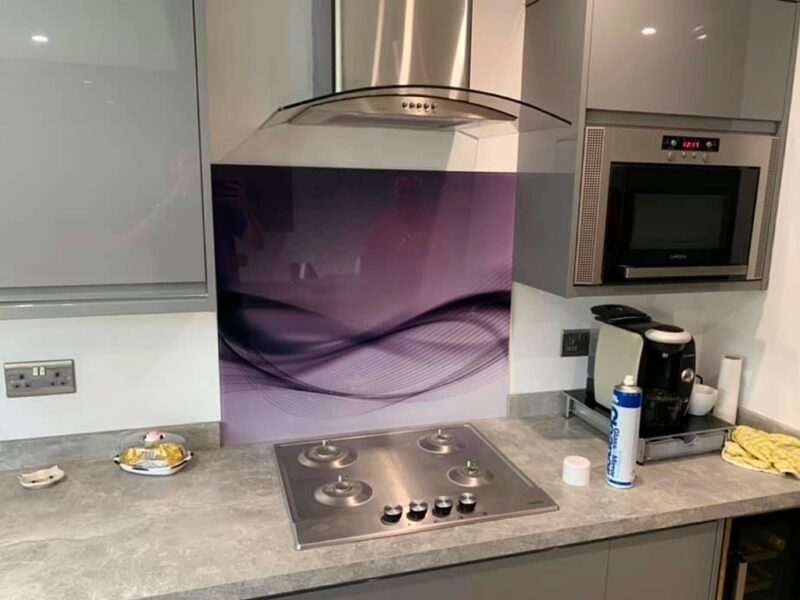
Design preferences play a crucial role in kitchen aesthetics and cost. Tiles offer versatility in color, shape, and pattern, potentially increasing costs with more intricate designs and custom layouts. Glass splashbacks, with their sleek and modern appeal, come in various colors and can even mimic natural materials like stone or metallic finishes.
However, customization in glass can raise the price, as specialized designs and unique colors come at a premium. Balancing design desires with budget constraints is key to achieving a stylish yet affordable kitchen that reflects personal style.
Resale Value
Considering resale value, both options can enhance a home’s appeal. Glass splashbacks might attract buyers looking for a contemporary kitchen, potentially offering a better return on investment, especially in modern or high-end homes. Tiles, with their timeless charm, appeal to a broader audience and can enhance the traditional aesthetics of a kitchen.
The choice should align with the overall style of the home and the target market’s preferences. Consultation with real estate experts can provide insights into which option might be more beneficial for resale, considering current market trends.
Eco-Friendliness
Eco-friendliness is increasingly important in home design. Glass splashbacks, often made from recycled materials, are considered eco-friendly and can contribute to a greener kitchen design. Tiles, depending on the material, can also be sustainable, especially ceramic or porcelain, which are made from natural materials.
However, the production process and transportation of tiles can have a higher environmental impact, especially if sourced from faraway locations. For those prioritizing sustainability, exploring eco-friendly options in both categories is advisable, considering the lifecycle and sourcing of materials.
DIY vs. Professional Installation
DIY installation can be a cost-saving option for tiles, suitable for those with the right skills and tools. Careful planning and preparation are key to successful DIY tiling. However, DIY glass splashback installation is not recommended due to the precision and safety concerns involved, as improper installation can lead to breakage or damage.
Weighing the cost benefits against the risk of improper installation is crucial. In some cases, hiring a professional might save money in the long run by avoiding costly mistakes and ensuring a flawless finish.
Maintenance Costs Over Time
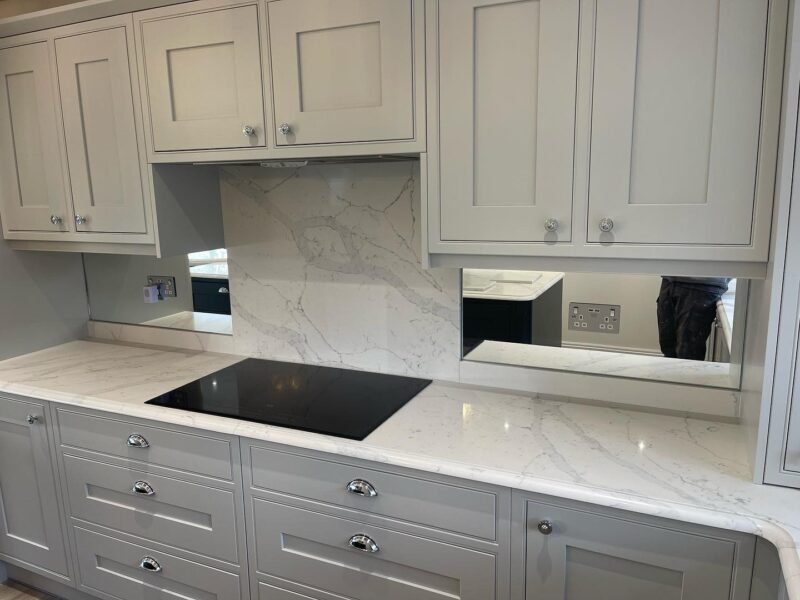
Long-term maintenance costs should not be overlooked. Glass splashbacks, requiring minimal upkeep, can be more cost-effective over time, especially in kitchens with heavy use. The non-porous surface prevents grime build-up, making it a hygienic choice.
Tiles might incur additional expenses for grout cleaning and possible repairs, especially in high-moisture areas like behind sinks. Factors like kitchen usage and cleaning habits will influence these costs. Regular maintenance can prolong the life of either option, reducing the need for replacements and keeping the kitchen looking fresh and clean.
Budget-Friendly Tips
Achieving a budget-friendly kitchen renovation involves careful planning and smart choices. Consider mixing materials, using tiles in less visible areas and glass as a focal point, to cut costs without compromising on style. Shopping for deals, considering offcuts for glass, or choosing standard tile sizes can also offer savings.
Additionally, considering the time of year for renovation can impact costs, as some seasons offer better deals. Prioritize spending on features that offer the most impact, and be open to compromises that align with your budget, ensuring a balance between aesthetics and functionality.
Conclusion
In summary, whether glass splashbacks are cheaper than tiles depends on various factors, including material costs, installation, maintenance, and design choices. Tiles generally have a lower upfront cost but might require more maintenance.
Glass, while more costly initially, offers ease of upkeep and a modern aesthetic. Consider your personal preferences, budget constraints, and long-term value when deciding. With careful planning, either option can contribute to a beautiful, budget-friendly kitchen renovation.
Related Posts:
- Are Some VPNs Better Than Others? Tips for Selection
- How Is Glass Used as a Building Material? Insights…
- Which Tiles Are Best for Bathrooms? Tips for Stylish…
- How to Calculate Long-Term Disability Premium: Legal…
- Social Media Management Strategies for Building a…
- How to Naturally Increase Fertility: Top Tips and Strategies

